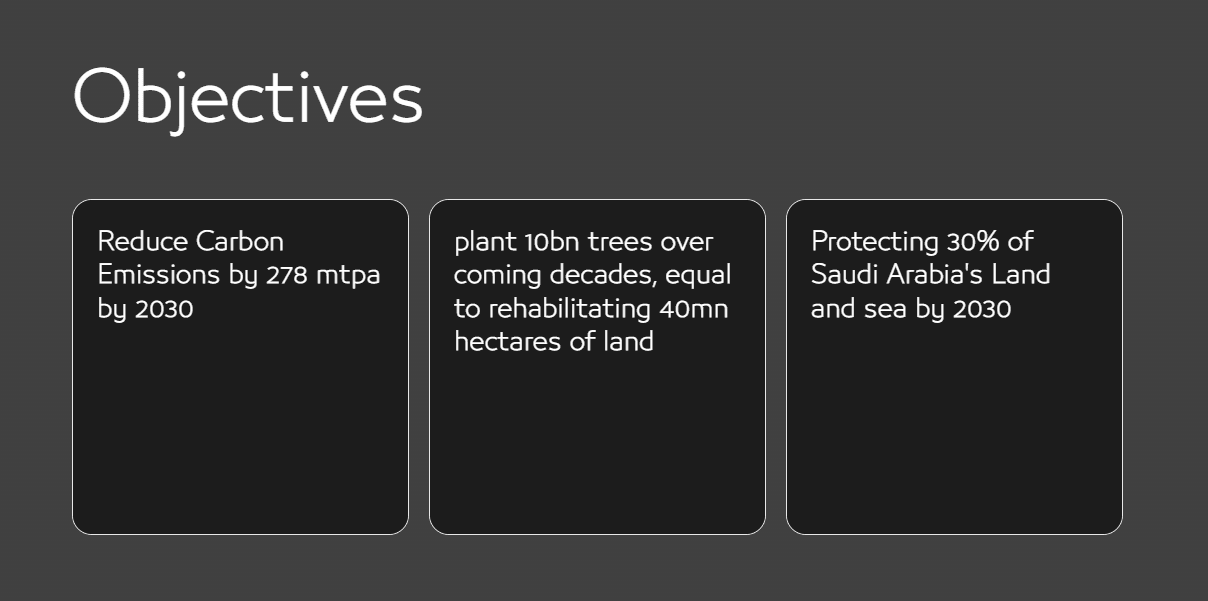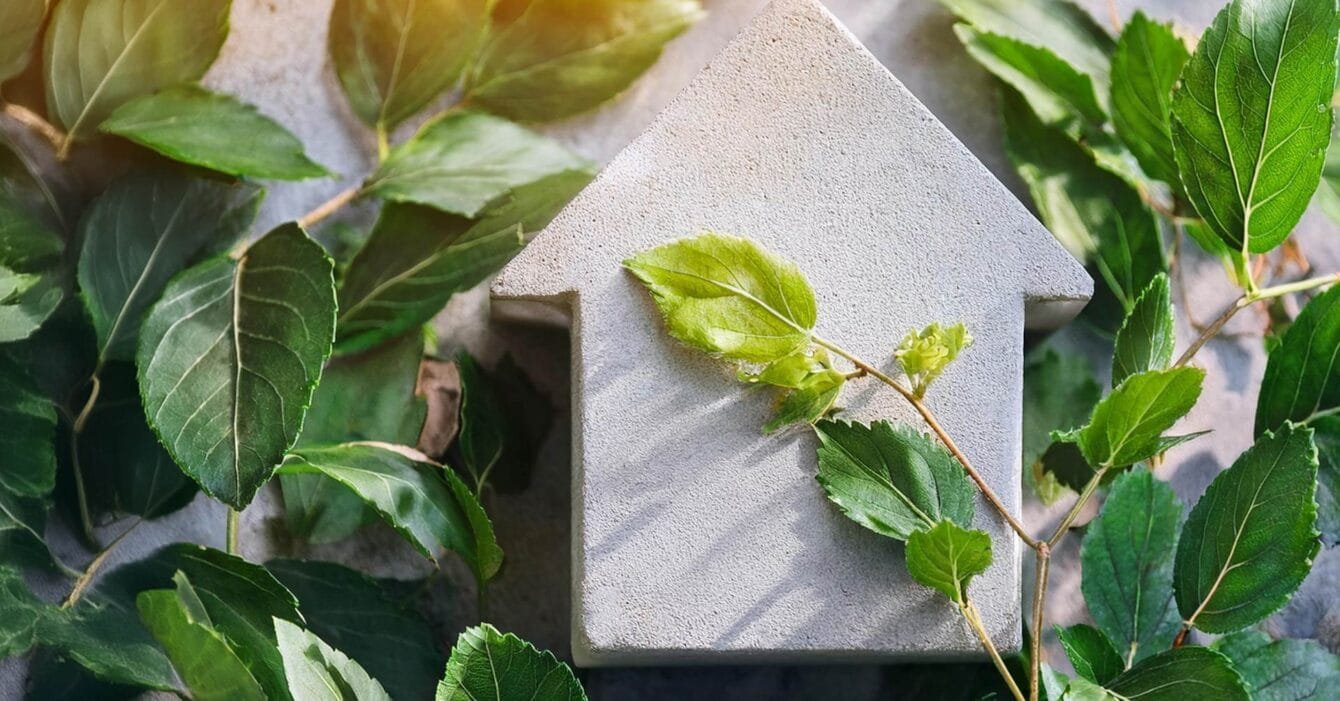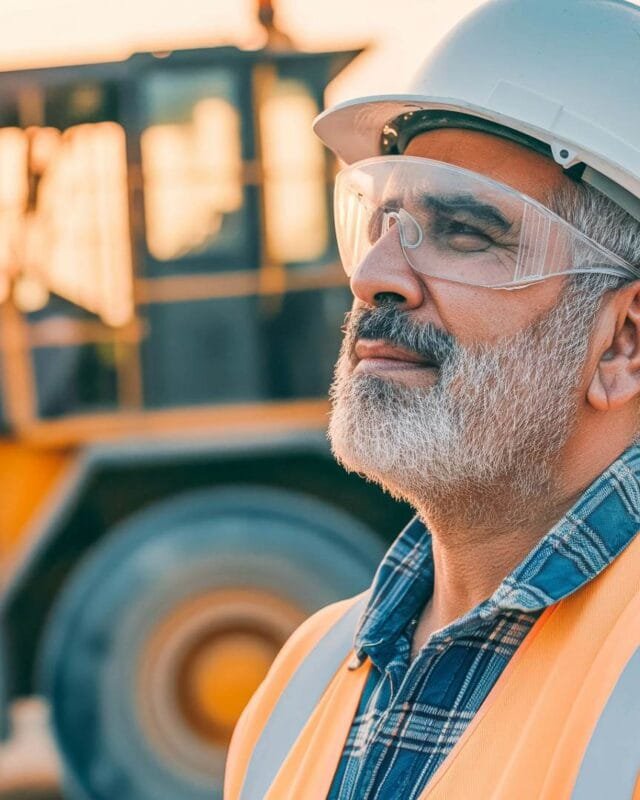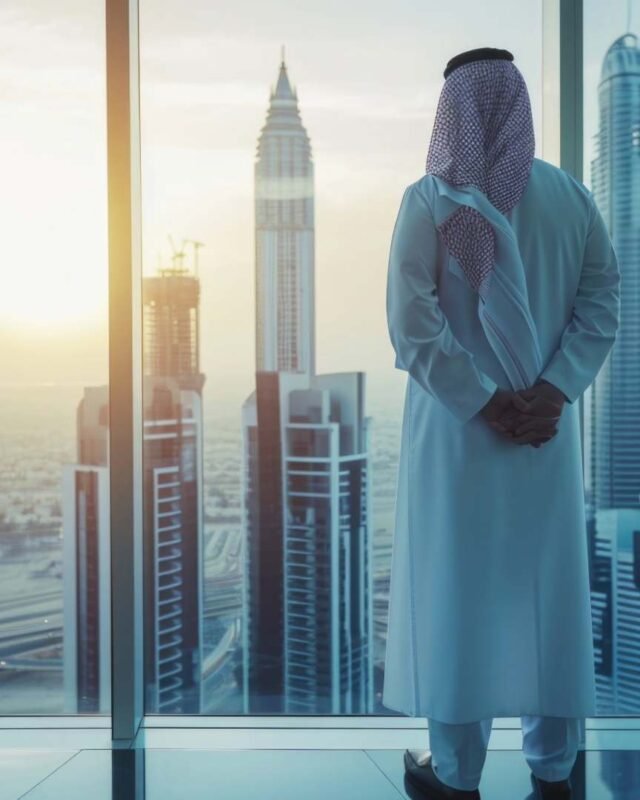Green Construction Technologies Shaping Saudi Arabia’s Sustainable Future
Saudi Arabia is embarking on a bold journey toward sustainability, with green construction technologies at the heart of its efforts. Driven by its Vision 2030 goals, the Kingdom is integrating innovative digital tools and sustainable practices into its construction projects. These technologies not only reduce the carbon footprint of the construction industry but also pave the way for a cleaner and greener future.
Building a Greener Saudi Arabia
The construction industry is responsible for nearly 40% of global energy-related carbon emissions, making sustainable building practices more critical than ever. In Saudi Arabia, the adoption of green construction technologies has led to significant progress. For example, the Kingdom has achieved a 24% reduction in emissions by developing over 1,190 green buildings, with Riyadh alone accounting for 866 LEED-certified projects. This demonstrates the country’s commitment to reducing its environmental impact while meeting the demands of rapid urbanization.
![]()
A key part of this transformation is the integration of digital tools like Building Information Modeling (BIM). BIM allows architects and engineers to create highly detailed 3D models of buildings, enabling precise material usage calculations, minimizing waste, and improving energy efficiency during construction. This kind of forward-thinking technology is revolutionizing how projects are planned and executed.
Innovative Low-Carbon Materials
![]()
Another cornerstone of Saudi Arabia’s sustainable construction movement is the use of low-carbon building materials. Collaborations like that between Betolar and Saudi Readymix have introduced innovative concrete formulations that dramatically lower emissions. Low-carbon concrete replaces traditional cement with more sustainable alternatives, reducing carbon dioxide output without compromising on durability.
These advancements are particularly critical as Saudi Arabia works toward its net-zero emissions goal by 2060. By adopting materials that reduce the embodied carbon of buildings, the Kingdom is setting a new standard for green construction.
The Saudi Green Initiative: A Vision for the Future

The Saudi Green Initiative is another transformative effort driving sustainability in construction. This ambitious program aims to plant 10 billion trees across the country and increase green spaces in urban areas. The integration of green infrastructure in construction projects, such as vertical gardens and rooftop greenery, is becoming a key trend in cities like Riyadh and Jeddah. These features not only improve air quality but also regulate building temperatures, reducing the reliance on energy-intensive cooling systems.
Digital Technologies Supporting Sustainability
Smart construction technologies are enabling more sustainable practices across the industry. Internet of Things (IoT) sensors, for example, are being used on construction sites to monitor energy consumption and detect inefficiencies in real-time. These sensors provide actionable data that help project managers reduce resource waste and improve operational efficiency.
Additionally, digital twin technology is gaining traction. By creating a virtual replica of a building or construction project, digital twins allow for real-time monitoring and simulation of environmental impacts. This technology enables developers to assess how design decisions affect energy usage, water consumption, and overall sustainability, ensuring projects align with green construction goals.
Also Read: Saudi Construction Gets Smarter with Virtual Reality
Case Studies: Sustainable Construction in Action
Saudi Arabia’s commitment to green construction is evident in flagship projects like NEOM, the futuristic megacity that exemplifies sustainable urban development. NEOM incorporates renewable energy sources, smart waste management systems, and eco-friendly building materials to create a truly green infrastructure.
The King Salman Park project in Riyadh is another shining example. This massive urban park integrates sustainable building practices, extensive green spaces, and energy-efficient lighting systems, demonstrating how large-scale projects can prioritize environmental conservation without compromising functionality or aesthetics.
Why Green Construction Technologies Matter
Green construction technologies are not just about meeting sustainability goals; they also bring economic and social benefits. By reducing energy and material waste, these practices lower operational costs for developers. Furthermore, greener buildings often offer better indoor air quality, natural lighting, and temperature regulation, enhancing the well-being of occupants.
As global consumers and investors increasingly demand environmentally responsible solutions, adopting green construction technologies also gives Saudi Arabia a competitive edge. The Kingdom is positioning itself as a leader in sustainable development, attracting businesses and talent that align with its vision for a greener future.
Conclusion
Saudi Arabia’s embrace of green construction technologies reflects a profound commitment to sustainability. From low-carbon materials to digital innovations like BIM and IoT, the country is reshaping its construction industry to reduce its carbon footprint and align with global environmental goals. These efforts, coupled with initiatives like the Saudi Green Initiative, underscore the Kingdom’s determination to build a more sustainable future. As the construction industry continues to evolve, Saudi Arabia stands as a model for integrating technology and sustainability into modern development.



